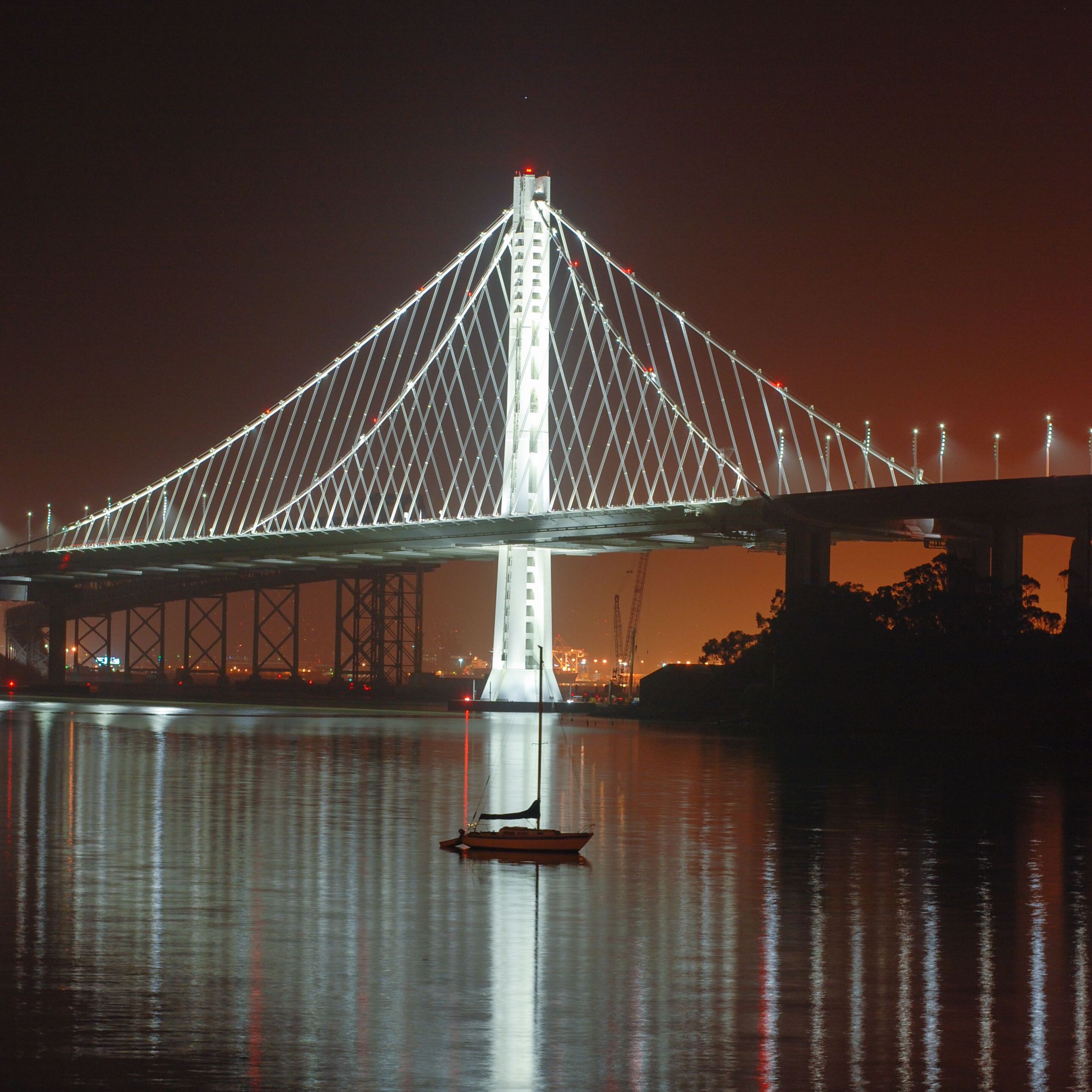By David Jacobson and Volkan Sevilgen, Temblor
Check your seismic hazard rank

Last week, Temblor CEO and cofounder Ross Stein was interviewed on National Public Radio’s “The Pulse.” The episode focuses on the consequences of pre-existing conditions, and in the context of earthquakes, buildings and homes are the pre-existing conditions that dramatically affect outcomes. Stein argued that making buildings essentially out of “stacks of cubes,” and often very tall stacks, is the worst possible design for seismic safety. We may be able to pack a lot of people in to them, but they are much weaker than geodesic domes, sailboat hulls, or suspension bridges.

In the interview, Stein was quick to point out that retrofitting homes and buildings improves the structure’s resilience, and diagonal shear bracing is on display all around downtown San Francisco and Los Angeles. Additionally, in wooden homes, retrofitting can be a cost-effective way of protecting both your family and investment. So, you can make your home and work place safer.

To listen to Stein’s 5-minute segment of the “The Pulse,” click the video below. The full podcast is available here
- Beware quiet segments of the Philippine Fault - May 16, 2025
-
ډیری عوامل افغاني ټولنې د زلزلې پر وړاندې زیانمنوي
- August 11, 2022 - What’s happening this week in Humboldt County, California: The squeeze - February 6, 2019
